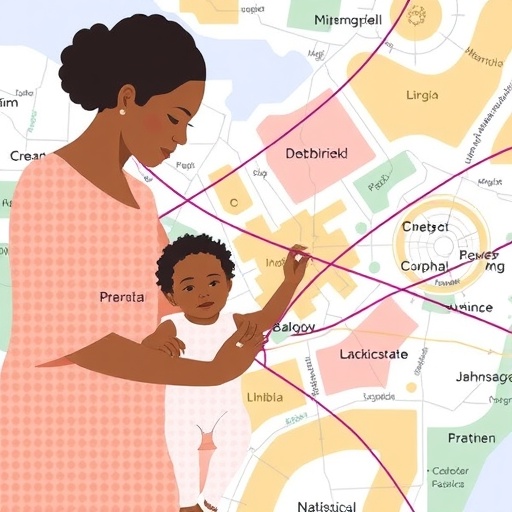A new study demonstrates that just one hour of exposure to blue light at night – the kind of light produced by the screens of our many devices – raises blood sugar levels and increases sugar consumption in male rats. This study, led by Anayanci Masís-Vargas and colleagues from the University of Strasbourg and University of Amsterdam, was presented this week at the annual conference of the Society for the Study of Ingestive Behavior (SSIB) in Utrecht, Netherlands.
Previous research has shown a strong correlation between obesity and the levels of artificial light at night. Much of the artificial light we are now exposed to comes from LED lights and LED screens, which emit high levels of blue light. Retinal cells of the eye are sensitive to this blue light and directly convey information to areas of the brain that regulate appetite
In their study, Masís-Vargas and colleagues, exposed rats to nighttime blue light and measured their food consumption and glucose tolerance the following day. It should be noted that, in order to better model human light exposure, the rats used in this study were diurnal, meaning awake during the day and asleep at night, rather than the typical nocturnal laboratory rats which are awake during nighttime hours. The authors found that after only one hour of nocturnal blue light exposure, glucose tolerance was altered in male rats, a warning sign of pre-diabetes.
To investigate what happens with appetite control and food choice after exposure to blue light at night, the rats were given the option to choose among a nutritionally balanced food (standard rodent food), water, lard, and sugar water. After the exposure to blue light, they observed that the male animals drank more sugar that night than during the nights with no blue light exposure.
These studies show clearly that being exposed to light, especially blue light, at night is disruptive and that screen use at night may increase our tendency to snack on sugary foods and disrupt our ability to process that sugar, especially in males. Though the rats were tested after only one night of light exposure, over time, this could lead to weight gain and the development of diabetes.
“Limiting the amount of time that we spend in front of screens at night is, for now, the best measure to protect ourselves from the harmful effects of blue light. In case it is necessary to be exposed to devices at night, I would recommend the use of apps and night mode features on the devices, which turn the screens more orange and less blue or the use of blue light filtering googles that are already available in the market.” Masís-Vargas says.
###
Research citation:
Acute exposure to blue light at night impairs glucose tolerance, alters insulin secretion and increase sugar intake in a diurnal rodent. Anayanci Masís-Vargas,2,3, David Hicks1, Andries Kalsbeek2,3, Jorge Mendoza1
1Light, Vision and the Brain Team, Institute de Neurosciences Cellulaires et Intégratives Strasbourg, France, 2Hypothalamic Integration Mechanisms, Netherlands Institute of Neuroscience Amsterdam, Netherlands, 3Department of Endocrinology and Metabolism, Amsterdam UMC Amsterdam, Netherlands
Presented July 2019, Society for the Study of Ingestive Behavior, Utrecht, Netherlands
Contact:
Jorge Mendoza, PhD
[email protected]
+33 03 88 45 66 96
Media Contact
Melissa Szkodzinska
[email protected]
https:/




